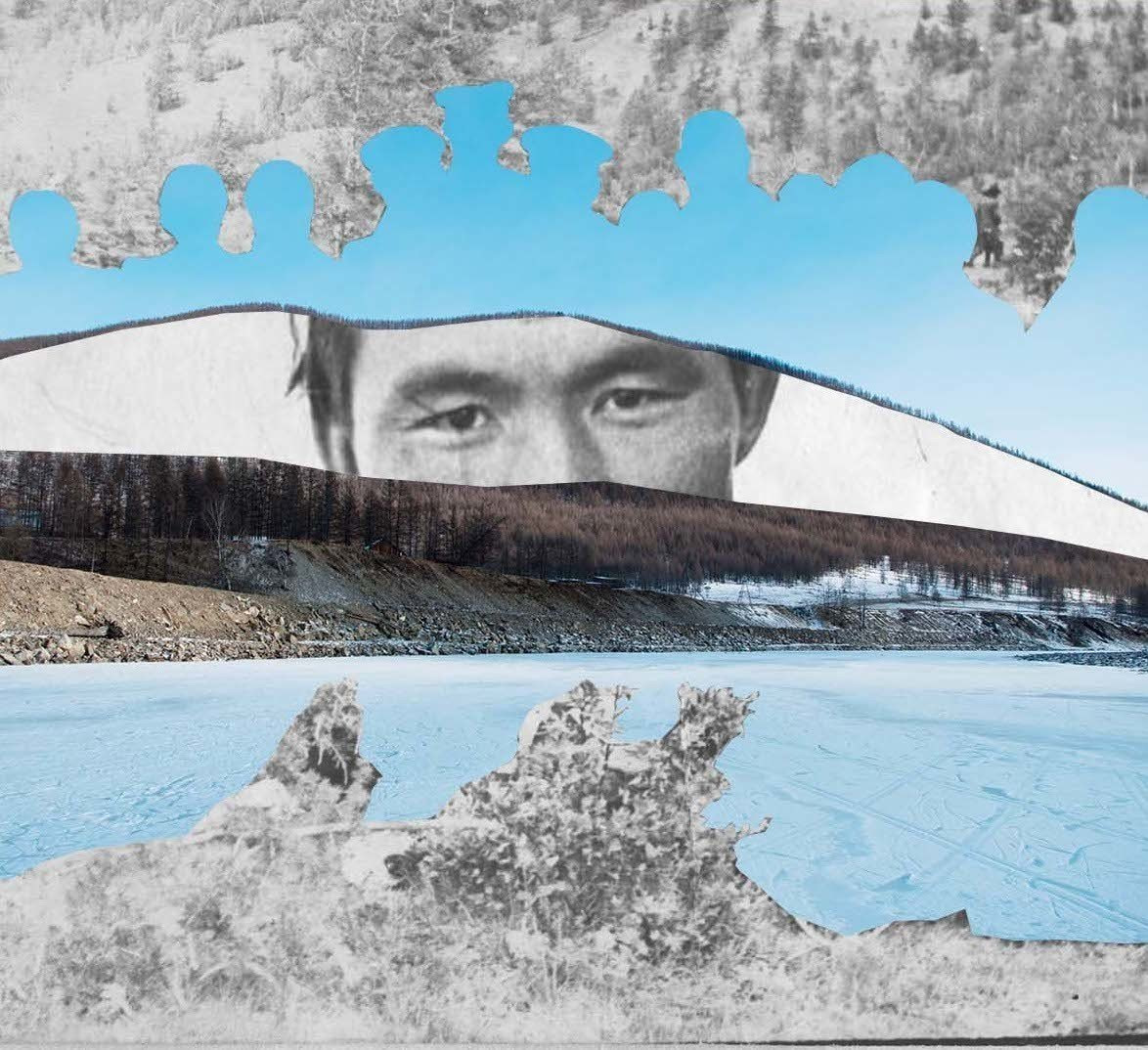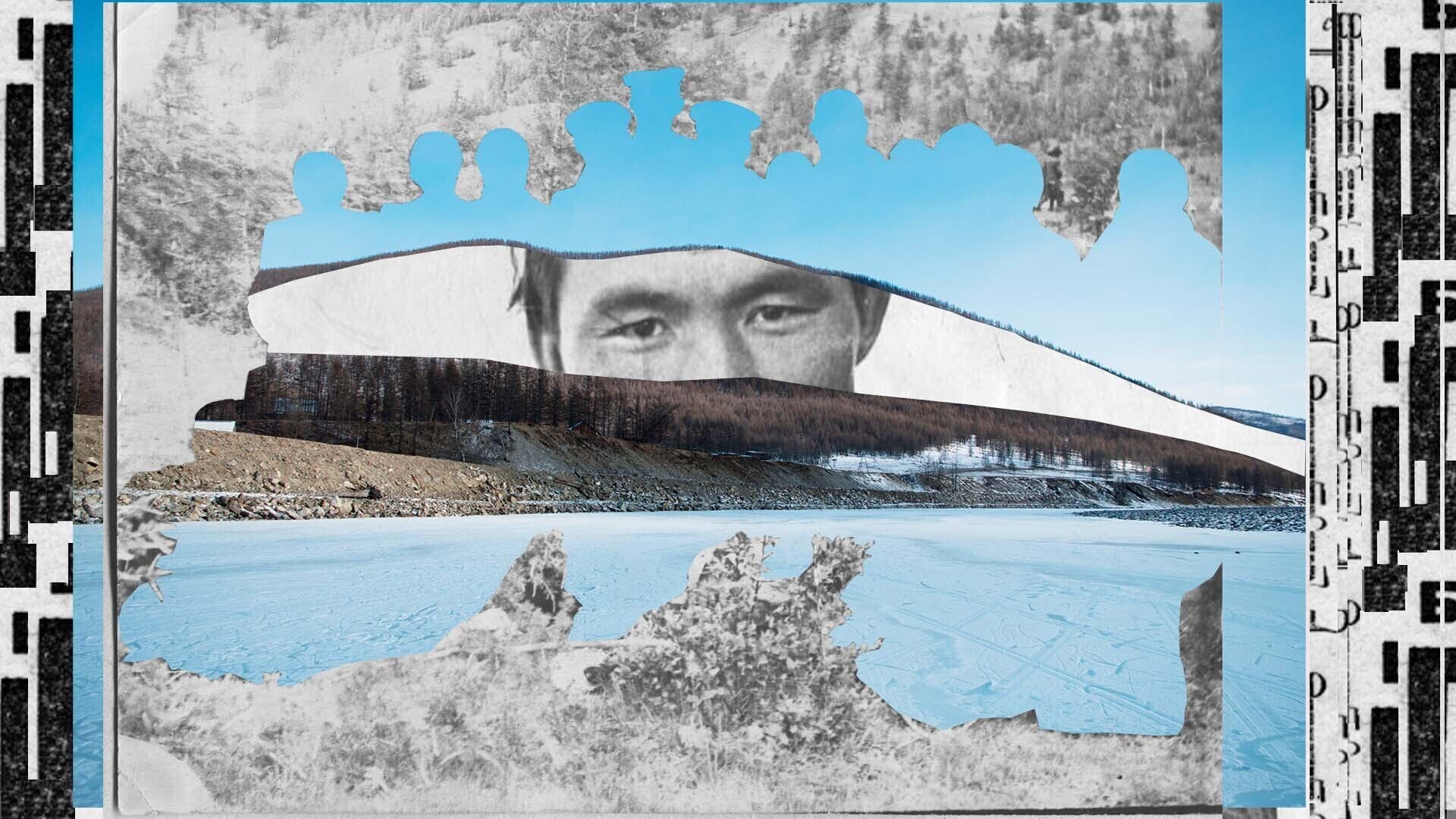In 1929, film studio Sovkino released Across Buryato-Mongolia, a silent film about Buryatia. The footage of picturesque nature and the people that inhabited the territory was followed by the judgment that the local population lived traditionally, which was equated to the terms “dirty” and “backward.” The film also showed an expedition of Soviet and German doctors traveling to Buryatia to cure the locals of syphilis. The expedition considered Buryat culture and people a “species on the verge of extinction.”
The film has a certain historical value, encapsulating the views of the time and including unique archival footage from 1929, but it is also a propaganda piece that misrepresents “other” people. As a Buryat person, I find this film controversial, so in my project I have decided to record a voiceover that will allow me to create a new narrative, and I would like to reshape the archive footage to create a multi-layered work, including a video and a performance.
My project is still at the initial stage, but it will consider a number of questions. Why does our society wish to preserve tradition? What is tradition? Why are certain ethnic groups described as “on the verge of extinction”? One hundred years after the making of this film, the narrative of the “extinction” of Buryat culture lives on, as does the culture. However, the Buryat language is now endangered, and we know little about our culture as we do not study it in school. But why do other people see us as an endangered culture? Is it because they care about us? Or is it because we were forced to adapt and so our own culture is considered to be vanishing? In this project I will study and analyze archival materials from various points of view. As a result, I hope to create something new and inspiring, which will help me and my audience to liberate ourselves from the stereotypes of the a culture “on the verge of extinction.”



